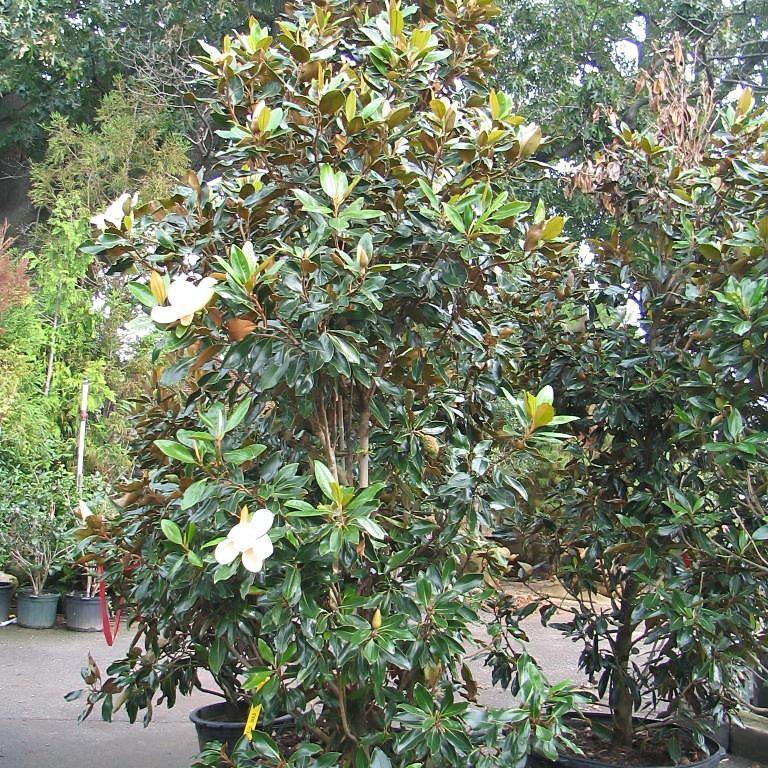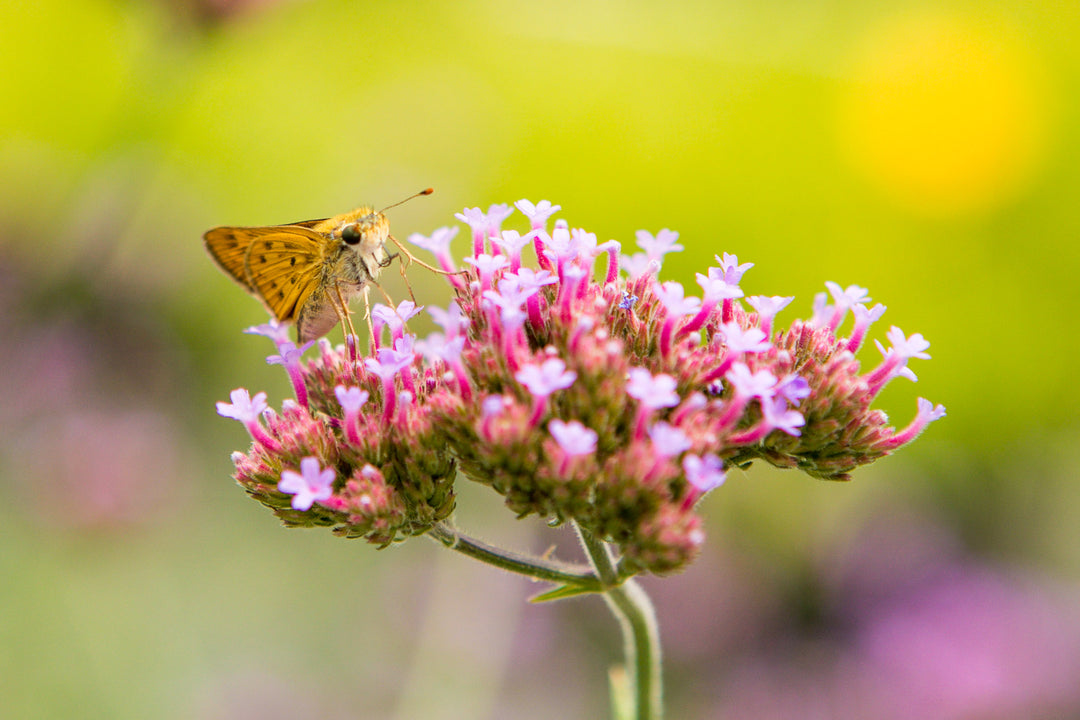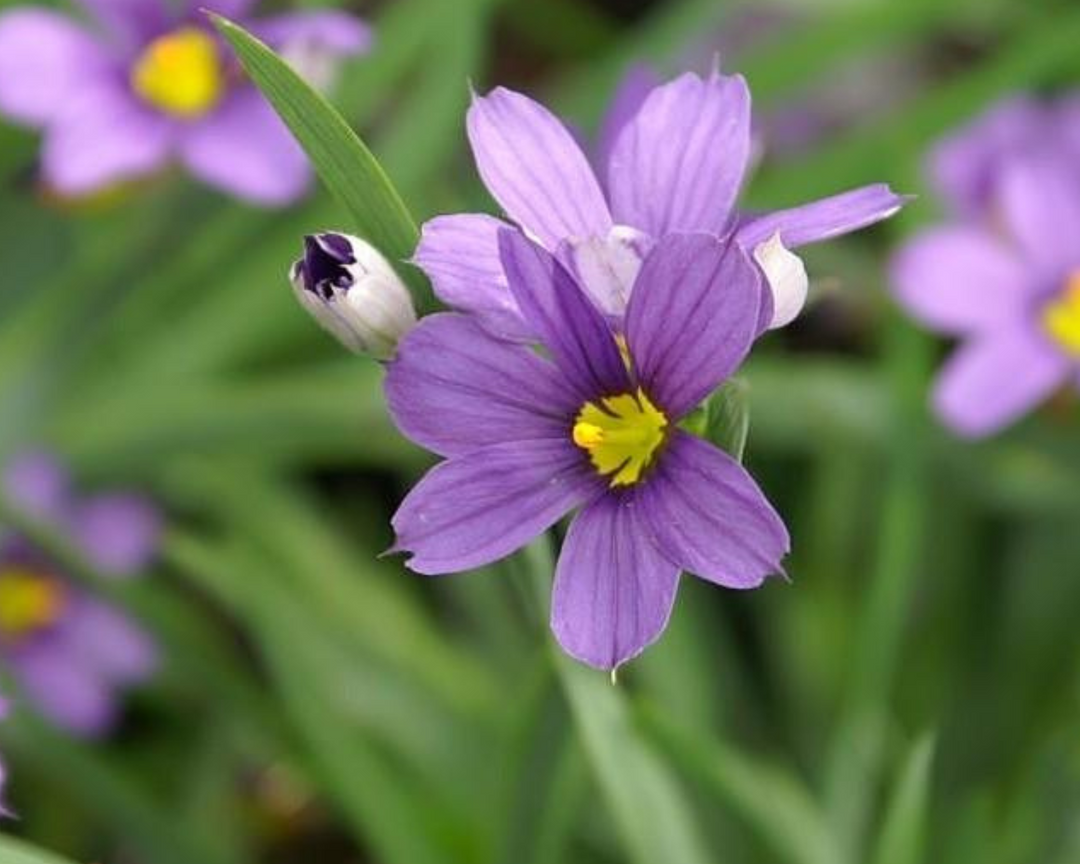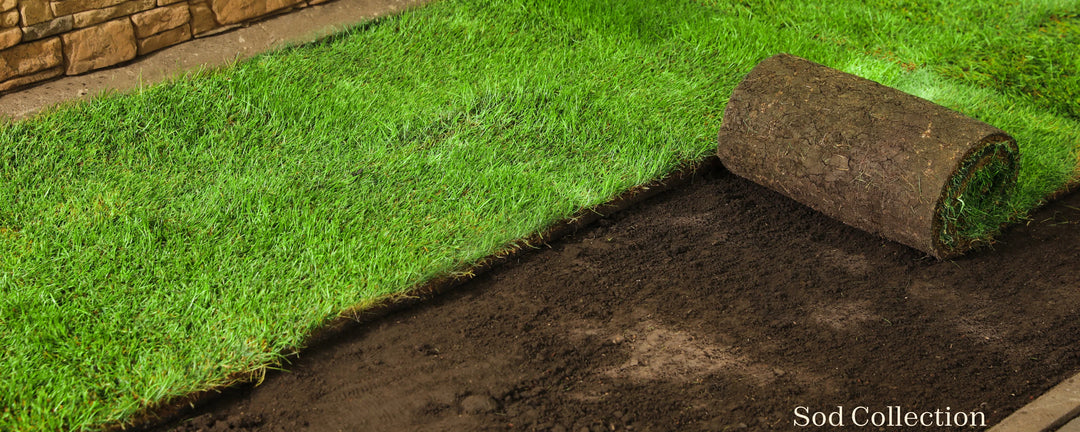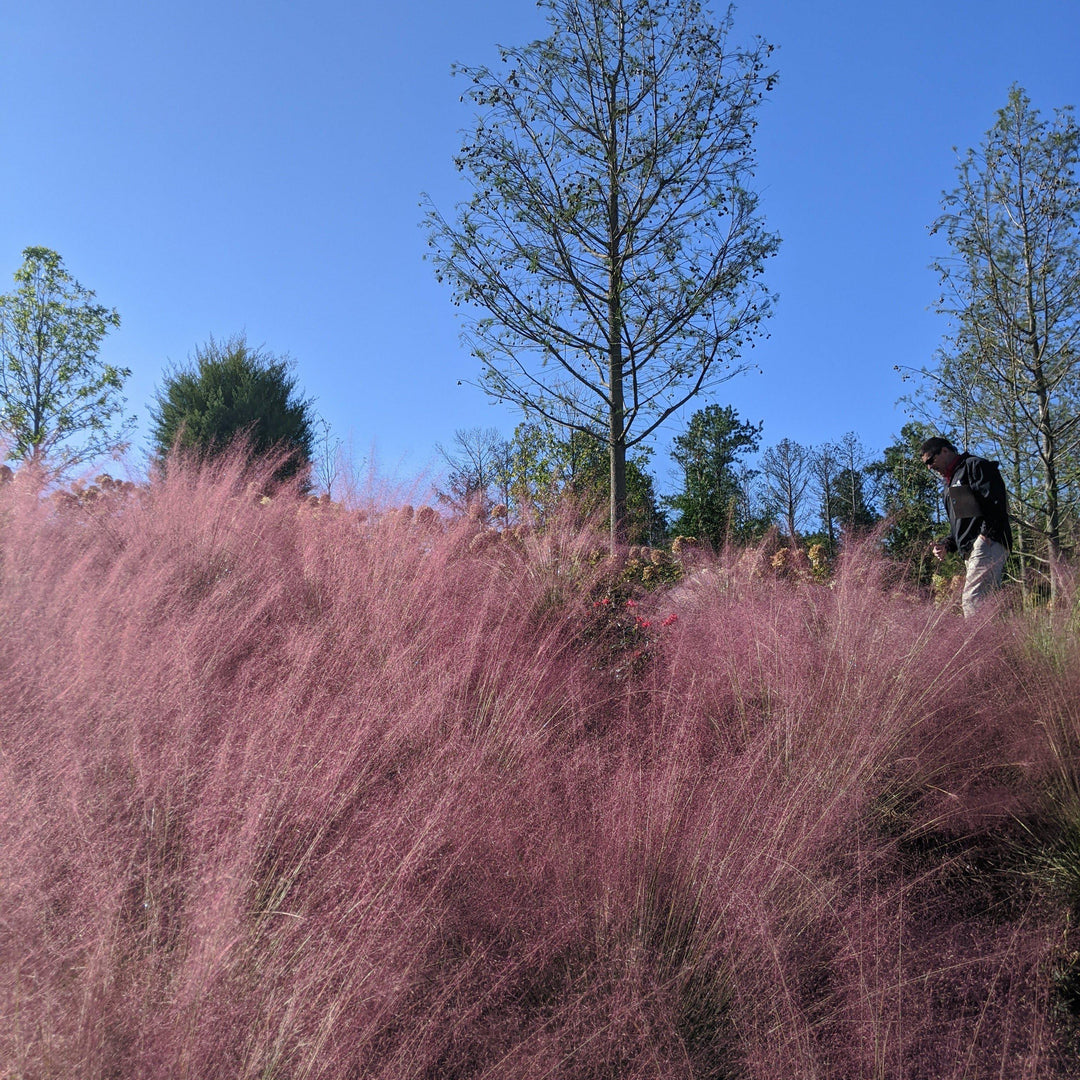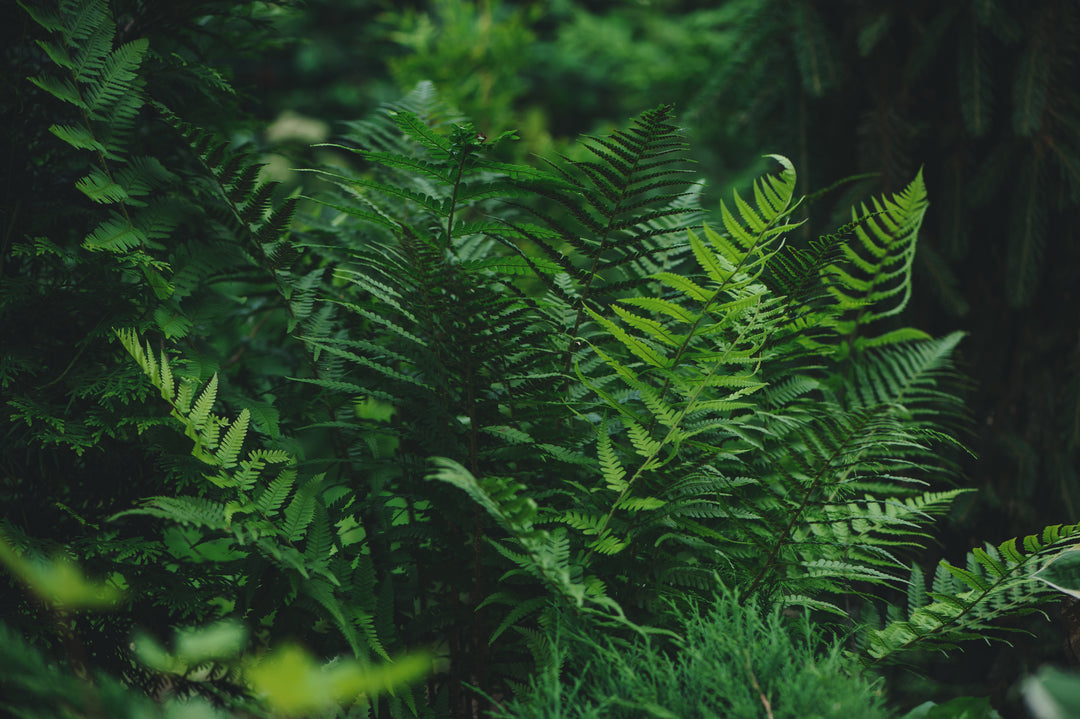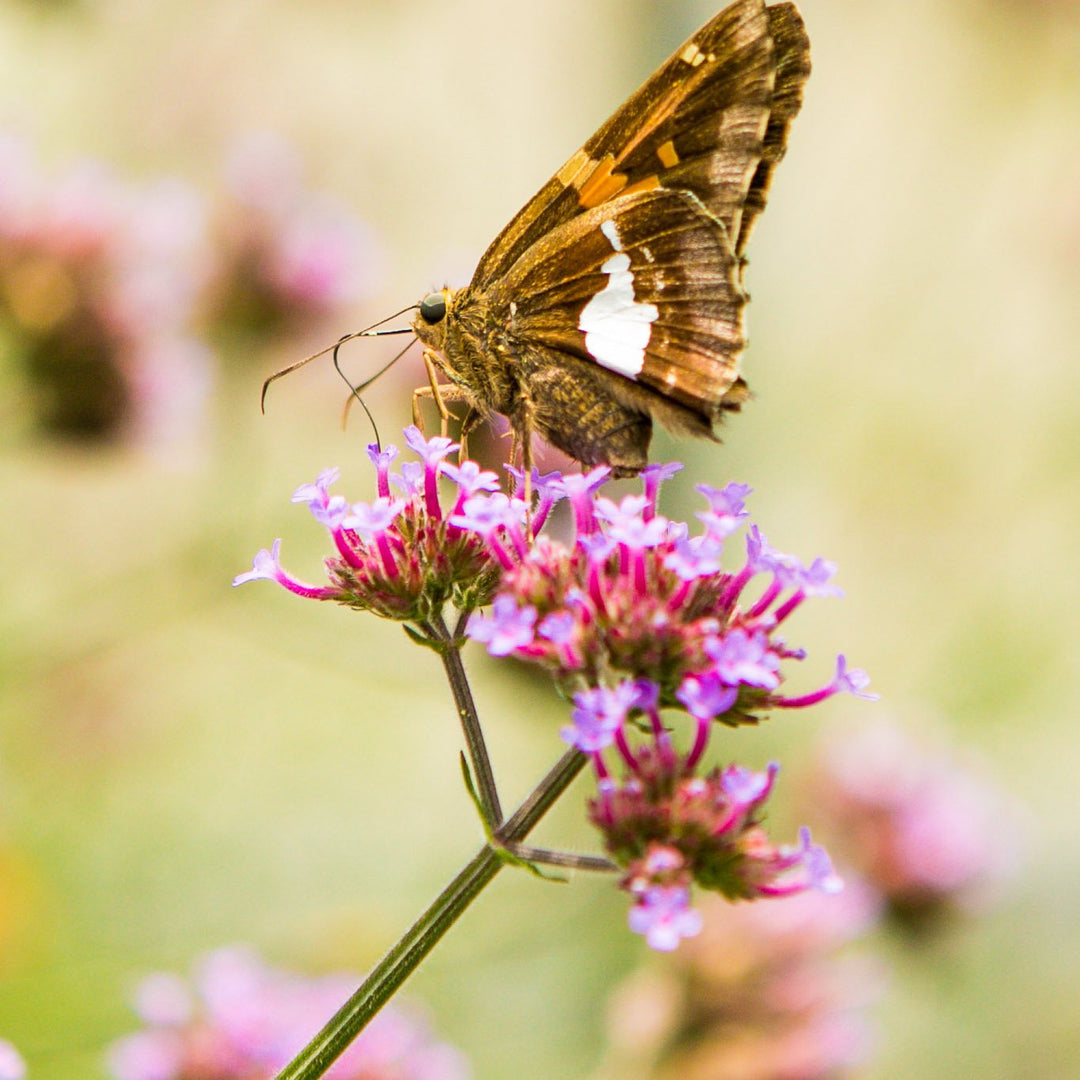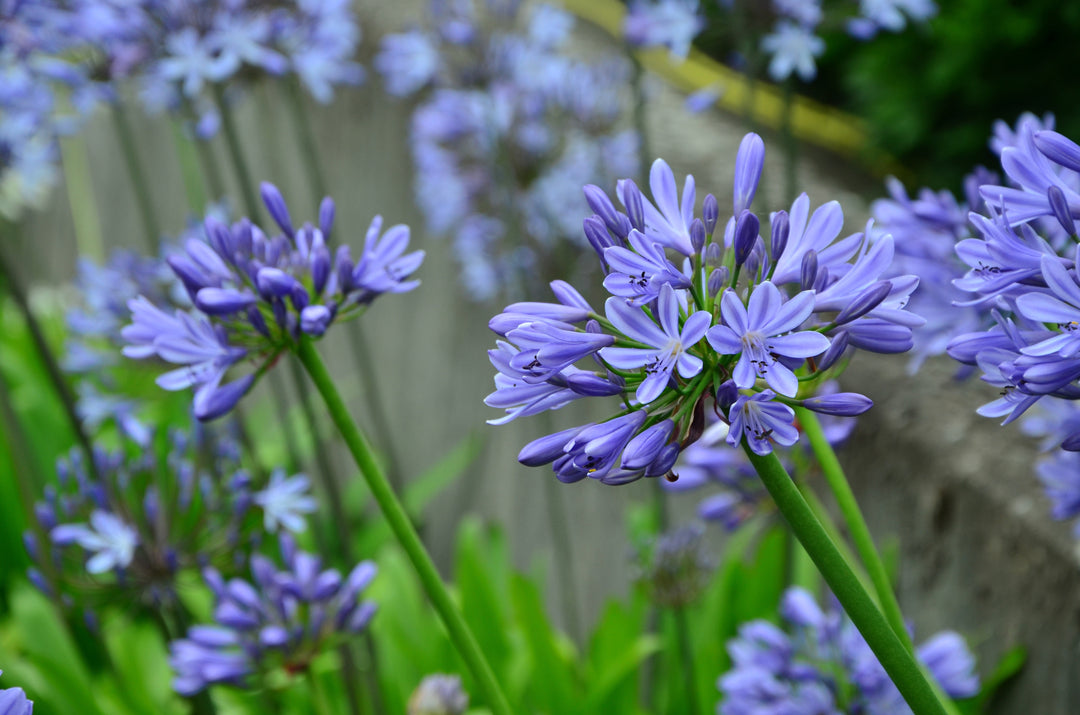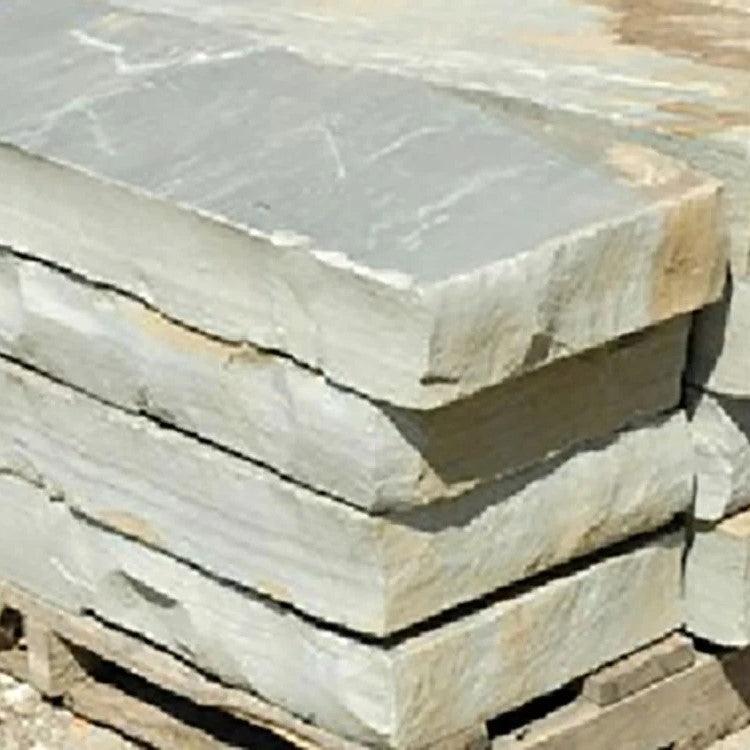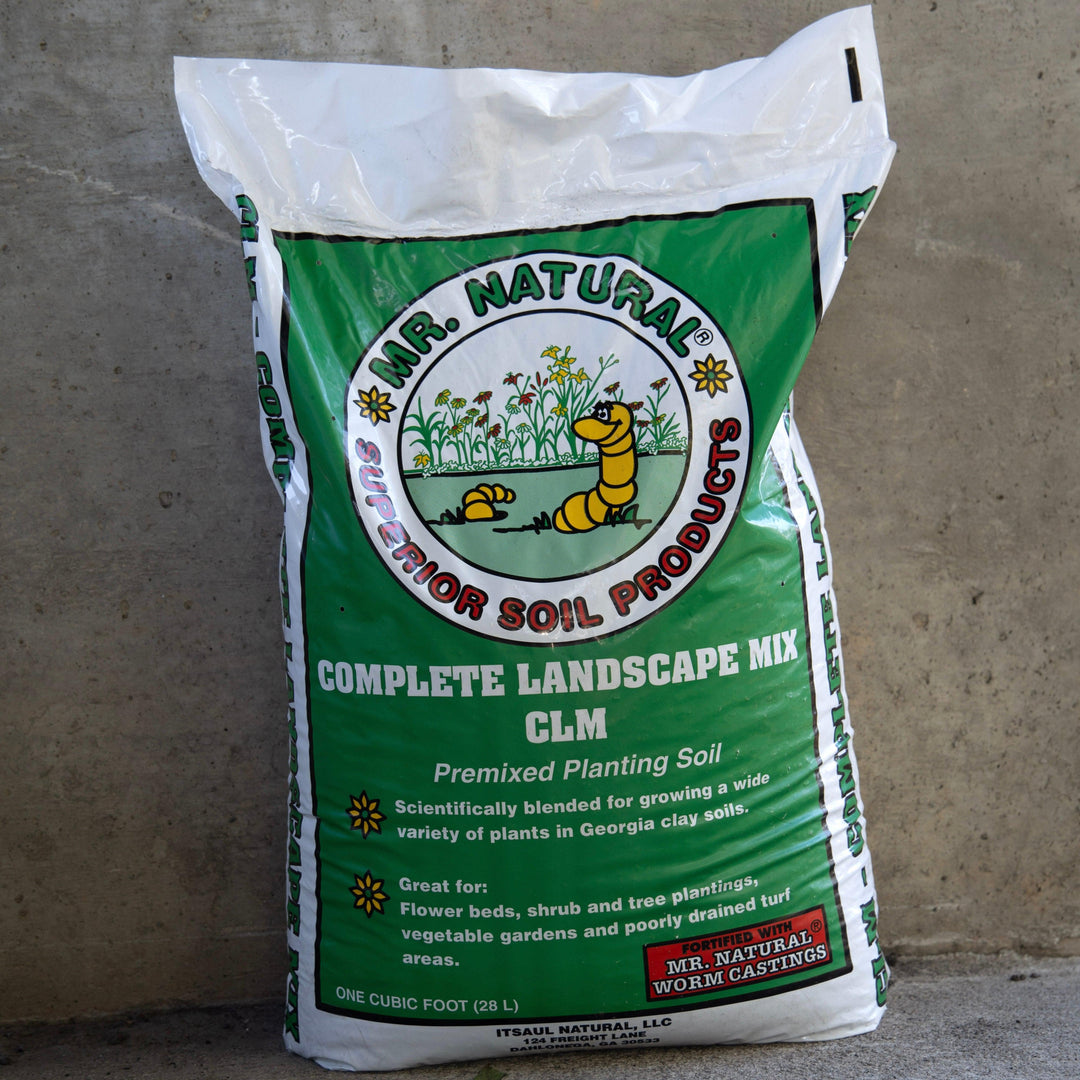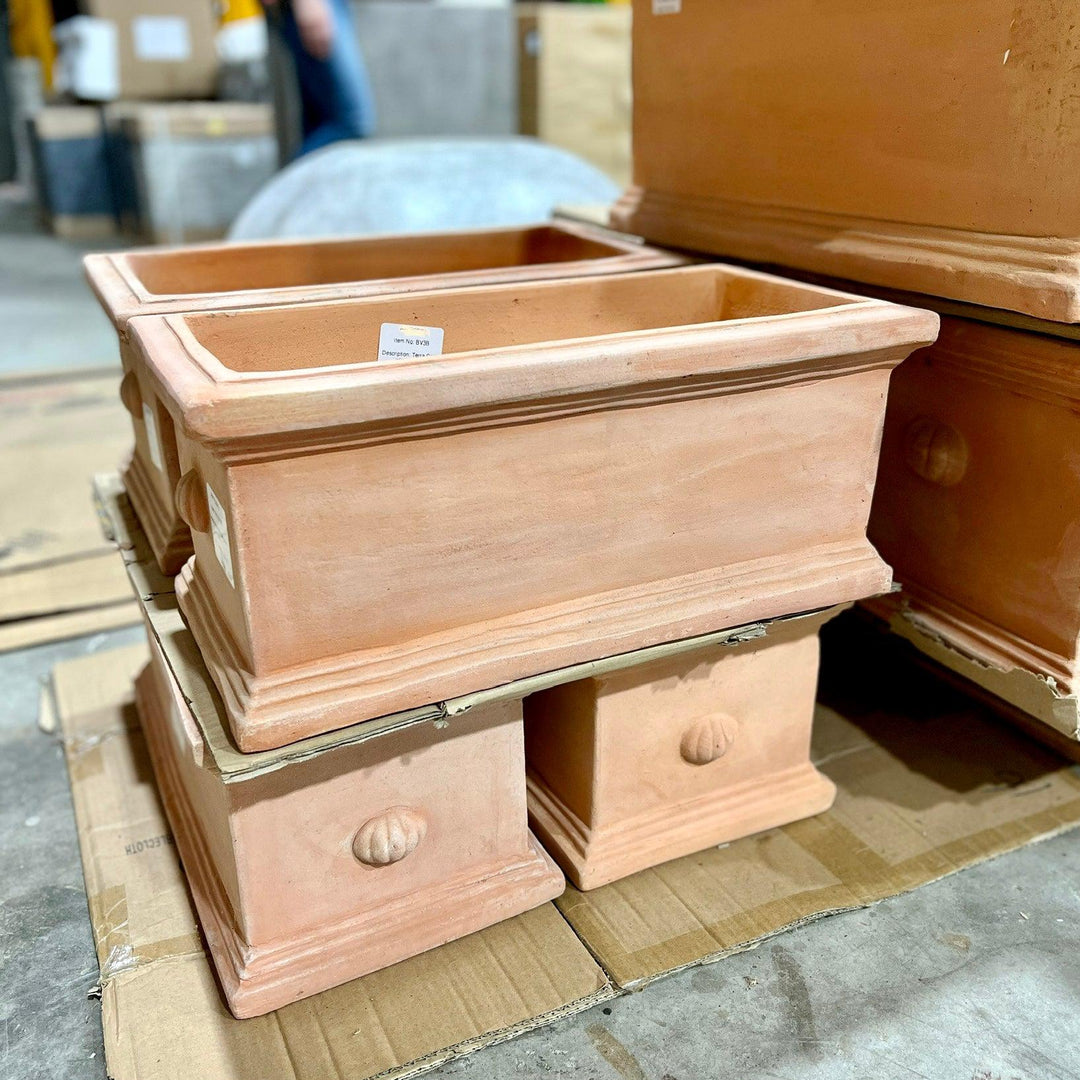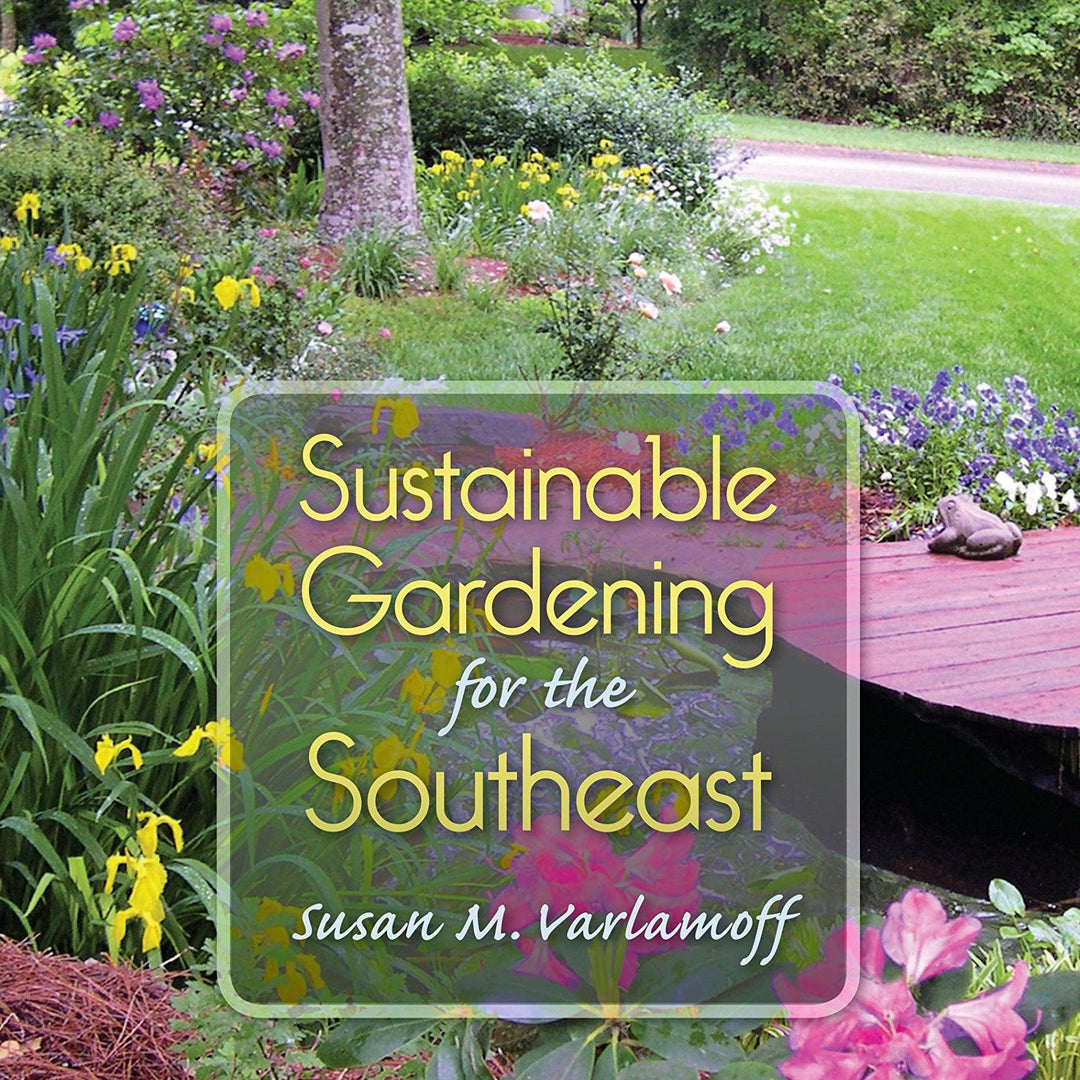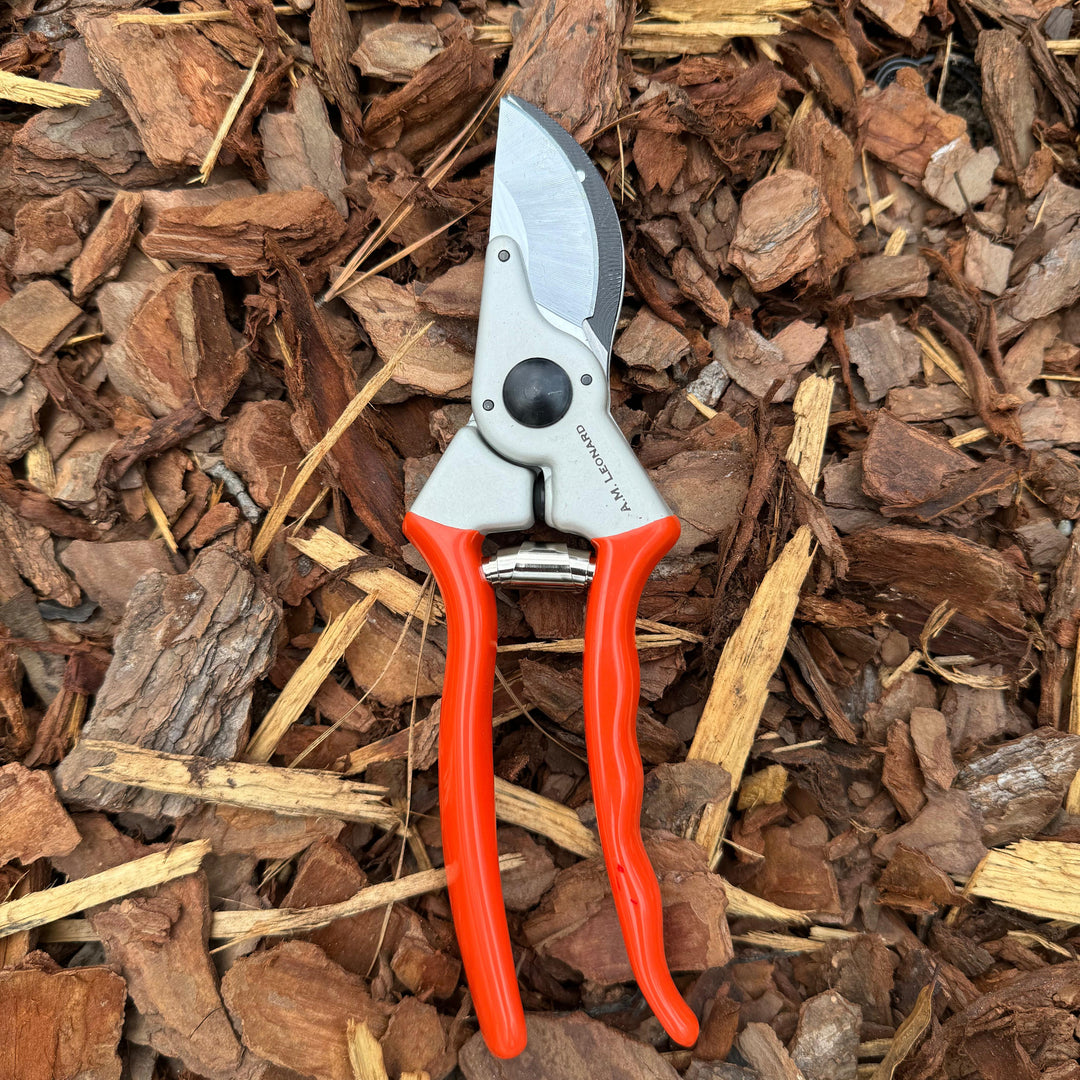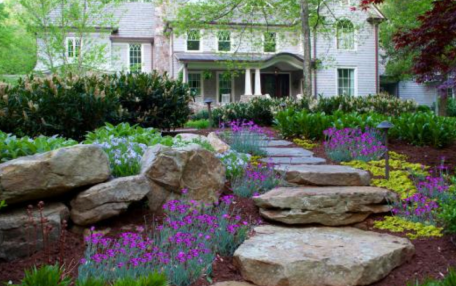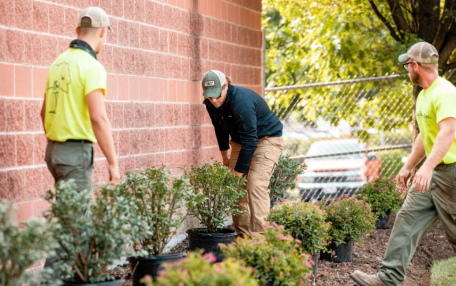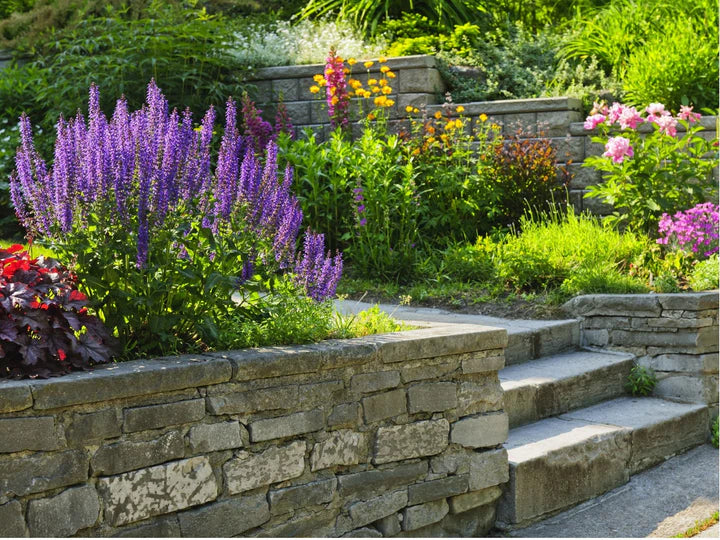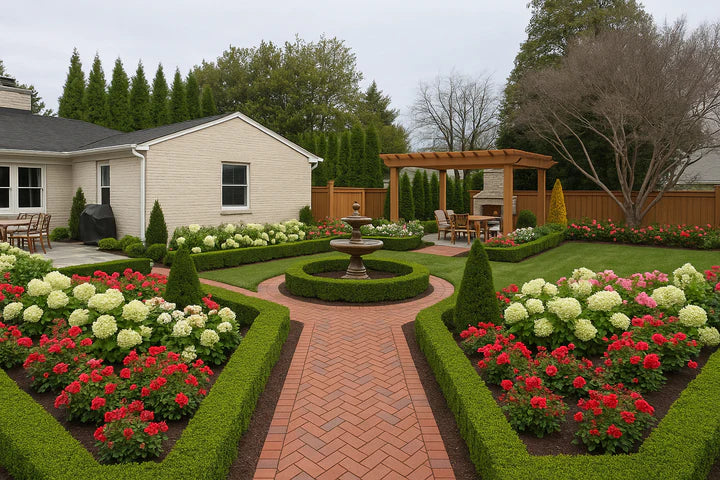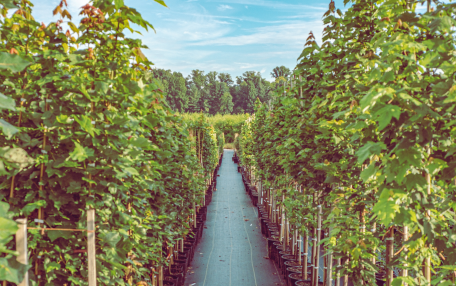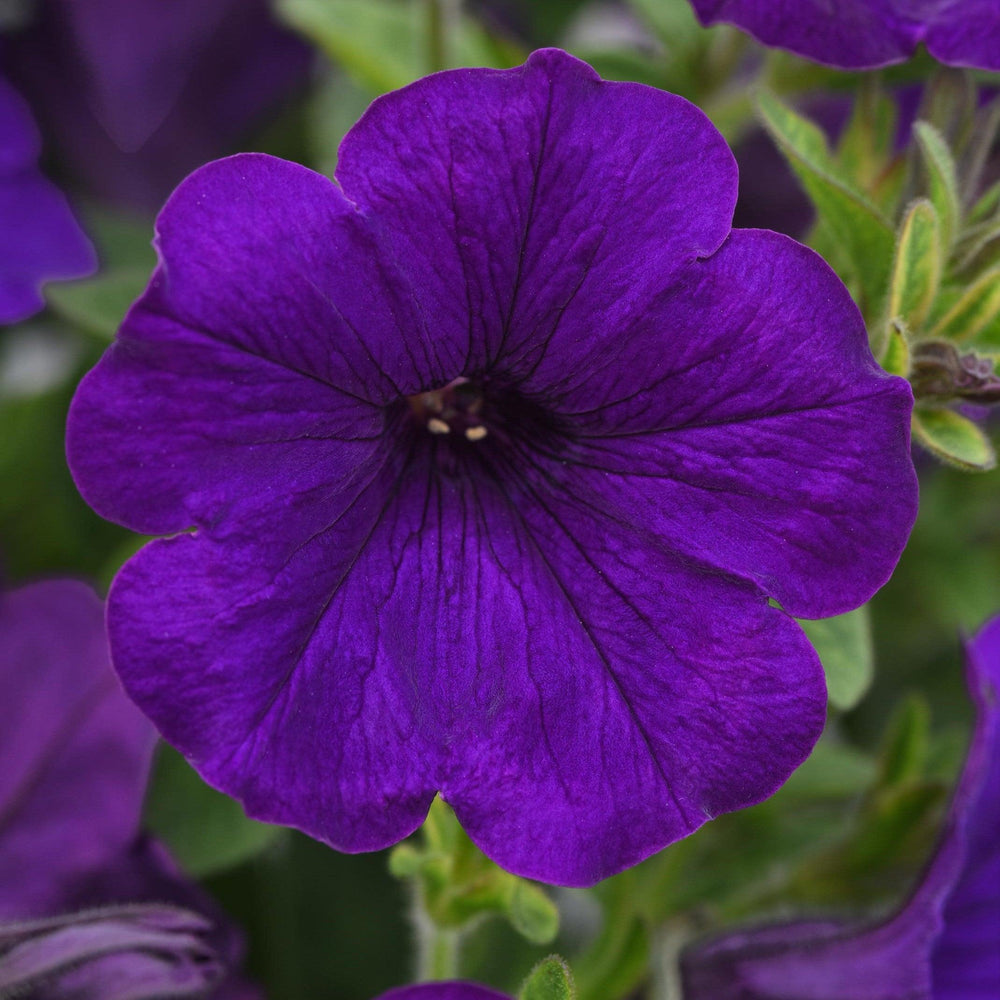Creating a Beautiful Garden with Japanese Garden Juniper (Juniperus Procumbens 'Nana')
Add an element of serenity to your Atlanta area backyard by creating a Japanese garden. With its carefully chosen aesthetic elements, a Japanese garden can be a calming haven from the worries of everyday life.
And, if you're looking to incorporate a true workhorse of the Japanese garden world, consider the Juniperus procumbens 'Nana' Juniper, also known as Japanese Garden Juniper. This compact shrub is perfect for smaller spaces, and its hardiness makes it an excellent choice for outdoor landscaping.
Understanding the Aesthetics of Japanese Gardens

IMAGE: Servescape, Japanese Garden Juniper
Before you dive into the world of 'Nana' Junipers and rock gardens, it's important to understand the key elements that make a Japanese garden so unique. Japanese gardens are designed to be peaceful and harmonious spaces, and carefully chosen elements are used to achieve this end.
Japanese gardens have been around for centuries, and their beauty and elegance continue to captivate people all over the world. These gardens are not just a collection of plants and rocks; they are a carefully crafted work of art that is meant to evoke a sense of tranquility and serenity.
Key Elements of Japanese Gardens
The main elements of a Japanese garden include
- water,
- rocks,
- and plants.
Water, whether in the form of a pond or a small stream, plays a crucial role in bringing a sense of calmness and tranquility to the space. The sound of running water is soothing and peaceful, and it can help to drown out the noise of the outside world.
Rocks are another important element of Japanese gardens. They are carefully arranged to create patterns and lend a sense of harmony to the space. The placement of each rock is deliberate and intentional, and it is meant to contribute to the overall aesthetic of the garden.
Plants are also an essential component of Japanese gardens. Monrovia’s Japanese Garden Juniper, for example, is a popular choice because of its unique shape and texture. Plants are arranged in a way that feels natural and unforced, and they are often chosen for their ability to thrive in the specific climate and soil conditions of the garden.
Role of Balance and Harmony
One of the primary goals of a Japanese garden is to achieve the perfect balance and harmony between all of the individual elements included. Each rock, each plant, and each section of the space should be chosen and arranged in a way that feels organic and in tune with the rest of the garden.
Balance and harmony are not just important for the visual appeal of the garden; they are also essential for creating a sense of calm and tranquility. When all of the elements of the garden are in balance, it creates a feeling of peace and serenity that can be hard to find in our busy, modern lives.
Importance of Simplicity and Minimalism
Another key element of a Japanese garden is a sense of simplicity and minimalism. Rather than overwhelming the senses with complicated arrangements or an abundance of elements, a Japanese garden is designed to be a peaceful oasis of calm. This is achieved in part through carefully chosen elements and a fundamentally simple approach.
The simplicity of a Japanese garden is not just about aesthetics; it is also a reflection of Japanese culture and philosophy. In Japan, there is a deep appreciation for simplicity and minimalism, and this is reflected in everything from their architecture to their art and design.
Overall, a Japanese garden is a beautiful and peaceful space that can help to bring a sense of calm and tranquility to your life. Whether you are looking to create your own Japanese garden or simply appreciate the beauty of these spaces, understanding the key elements and principles behind their design can help you to better appreciate and enjoy them.
Introduction to Juniperus Procumbens 'Nana' Juniper
If you're looking for a plant that can help you achieve this sense of minimalism and simplicity, consider Monrovia’s Japanese Garden Juniper. This compact shrub is an ideal choice for Japanese gardens of all sizes, thanks to its easy-care nature and attractive blue-green foliage.
Japanese Garden Juniper provides a calming backdrop for other elements of your garden. It's a great option for those who want to create a minimalist garden or who want to showcase other plants and features.
Characteristics of Japanese Garden Juniper
Japanese Garden Juniper is a low-growing shrub that features small, needle-like leaves. Its foliage is a muted blue-green color, which makes it an ideal backdrop for other elements of your garden. It typically grows to a height of no more than two feet, and it spreads outwards to about four feet across.
In addition to its attractive foliage, Japanese Garden Juniper also produces small, inconspicuous flowers and berries. These add a touch of interest and texture to the shrub, making it an even more appealing addition to any garden.
Ideal Growing Conditions
Japanese Garden Juniper is a hardy shrub that can thrive in a range of growing conditions. It prefers well-draining soil and moderate sunlight, but can also tolerate partial shade. This makes it an ideal choice for gardens in a wide range of climates and regions.
While the Japanese Garden Juniper is a hardy plant, it's important to ensure that it receives enough water. This is especially important during the plant's first year of growth, as it establishes its roots. Once established, the Japanese Garden Juniper requires minimal watering and can tolerate periods of drought.
Maintenance and Pruning Tips
One of the key benefits of the Japanese Garden Juniper is its ease of care. It doesn't require much in the way of pruning or shaping, although a light trim in the spring can help keep it looking neat and tidy. It's also important to keep the soil around the shrub moist, but not waterlogged, to encourage its healthy growth.
Another benefit of the Japanese Garden Juniper is its resistance to pests and diseases. This means that you won't have to worry about treating the shrub with pesticides or fungicides, making it an even easier plant to care for.
Designing Your Georgia Garden with Japanese Garden Juniper

IMAGE: SEWilco, Juniperus procumbens nana MN 2007, CC BY-SA 3.0
Now that you have a sense of what makes a Japanese garden so unique, and you have an introduction to the Japanese Garden Juniper itself, it's time to start designing your own outdoor oasis.
Selecting the Perfect Location
The first step in creating a Japanese garden is to choose the right location. This should be a peaceful, quiet corner of your yard that you can transform into a serene retreat. Consider factors like the amount of sunlight that the area gets, as well as its proximity to other elements of your landscaping.
Incorporating Other Plants and Elements
Once you've selected the perfect spot, it's time to start incorporating other elements into your Japanese garden. The Japanese Garden Juniper is an ideal choice for the space because of its ease of care and its attractive, natural appearance.
You can also bring in other Monrovia plants like moss, ferns, and cherry blossom trees to create a fully-realized Japanese garden.
Creating a Sense of Enclosure and Privacy
A key part of designing a Japanese garden is creating a sense of enclosure and privacy. This could involve using bamboo panels or other natural elements to create a sense of separation from the rest of your yard.
You can also use carefully placed rocks and water features to help create a natural boundary that defines your space.
The Art of Rock Placement
Rocks are one of the most important elements of any Japanese garden, and the way that they're arranged can help create a sense of balance and harmony in the space.
Types of Rocks for Japanese Gardens
When it comes to choosing rocks for your Japanese garden, it's important to look for stones that are organic in shape and appearance. This could include large, rounded boulders or smaller stones with rough, natural textures.
Techniques for Arranging Rocks
Once you've chosen your rocks, it's time to start arranging them in a way that feels natural and in tune with the rest of your garden. This could include stacking them in a natural pattern, or using them to define a specific section of the space.
Integrating Japanese Garden Juniper into Rock Gardens
The Japanese Garden Juniper is an excellent choice for rock gardens, thanks to its compact size and muted color palette. You can use it to help define sections of your garden or to create a natural border between different elements of your outdoor space.
With these tips in mind, you can start creating your own beautiful Japanese garden with Monrovia’s Japanese Garden Juniper as a centerpiece. Whether you have a large yard or just a small corner of your outdoor space to work with, a Japanese garden can be a wonderful way to bring a sense of tranquility and calmness to your life.

Click here if you’d like to purchase this plant.
If you need any advice or tricks/tips in creating the garden of your dreams, we are here to make those dreams come true! Connect with us here, or chat with us via the chat button on the bottom of any page on our website.
To create a landscape that gives you joy every time you walk out your door or look out your window, it’s important to have a design plan in place. Learn more about our elite Designer Marketplace platform, which allows you to select easily from a list of expert landscape designers, landscape architects, and more.
Click here to view more plants from the beautiful Monrovia® collection.

